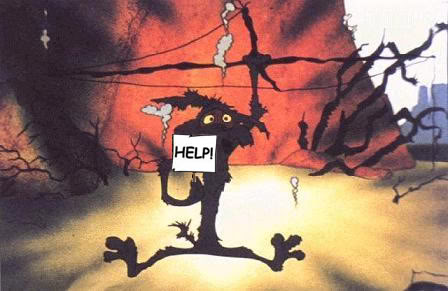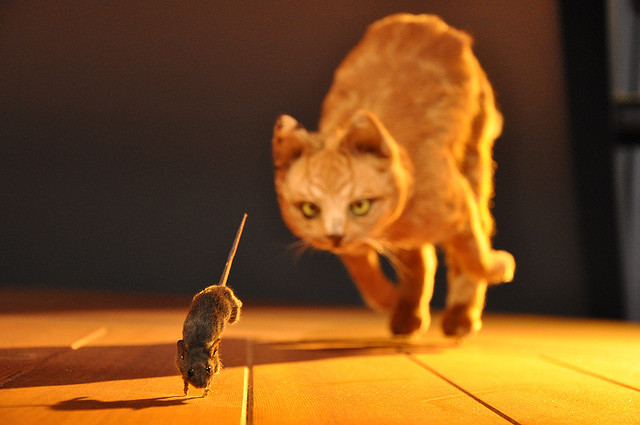
Update (February 21, 2020): The overpowering and acrid smell emanating from the linked reply brief is a toasted adversary, if we are not mistaken.
We started keeping our eyes on vRad v. Rabern with the observation that things looked one-sided and bad for Mr. Rabern. With the help of his excellent lawyers, we up-graded his case’s status from grave to “serious but stable.” With vRad’s reply, in our view, Mr. Rabern’s case prognosis has taken a dramatic turn for the worse.
In the spirit of full disclosure, I will remind readers that I used to work at Dorsey & Whitney, the law firm that is representing vRad. But read the reply brief for yourselves and decide for yourselves…

Update (February 19, 2020): Here, linked, is “the other side” of an argument that we suggested in our original post might have been one of those rare “one-sided” arguments.
Judge for yourselves but in our view Defendant Rabern’s lawyers have done an excellent job casting doubt on what first appeared to have been a no-brainer decision for the former employer in a brain raid case.
We note the predictable responses to charges of violation of a non-compete and misappropriation of confidential, proprietary data: the non-compete is overbroad, punitive, and, therefore, unenforceable. The supposed misappropriated “confidential” “trade secret” information is bland pablum of no competitive value. (The fact that these arguments are predictable, mind you, does not mean they lack merit in any particular case.) Further, Rabern pointed to the negotiated amendment to his non-compete (here at pp. 5-6) and argued that vRad’s claims that it had been fraudulently induced into agreeing to the amendment were specious.

But, as we all know, the devil’s in the details.
Speaking of details, we noted with interest that Defendants Rabern and his new employer, Nines, hired a computer forensics expert to search for and sequester Rabern’s electronic data related to vRad on various electronic devices owned or controlled by Mr. Rabern. The expert “identified and quarantined” all “responsive vRad documents that Mr. Rabern had access to…including any documents and emails that were created or sent by Mr. Rabern, containing information related to vRad.” Query: if you were advocating for Mr. Rabern and his new employer and the number of “hits” from the forensics expert’s work was small, wouldn’t you have included that information in the forensic expert’s sworn declaration? What should we infer from the expert’s silence on that point, if anything?
Original post (2/10/2020): No one knows better than trial lawyers and judges that “there are two sides to every story” (at least two sides, actually). But, as with all adages, this adage is just wrong in some cases.
The latest “brain raid” case of Virtual Radiologic (“vRad”) v. Rabern is looking pretty one-sided at the moment.
According to vRad, Mr. Rabern, a vRad salesperson, lined up a job at Nines, which he characterized to vRad as not being in competition with vRad. Mr. Rabern secured a “conditional amendment” to his non-compete to work with Nines. Then he allegedly emailed himself vRad confidential and proprietary information. There is some hint that he might not have been altogether forthcoming with his (or Nines’) lawyers. (See here at p. 10 (“the attorney explained that…Rabern had told [his attorney] the only documents he emailed to himself from his vRad laptop were family pictures. [Then] vRad’s counsel shared redacted copies of the images that Rabern had emailed to himself—images that were obviously not family pictures…”).
At the time that Mr. Rabern left vRad for Nines, Nines was allegedly on the threshold of entering into direct competition with vRad and Mr. Rabern is alleged to have misappropriated vRad confidential information and solicited vRad employees to join him at Nines (in direct violation of his “conditionally amended” non-compete with vRad).
vRad lawyers paint a pretty damning and grim picture. We look forward to following the case so see whether this might be one of those rare cases where there are really two sides of the story.
